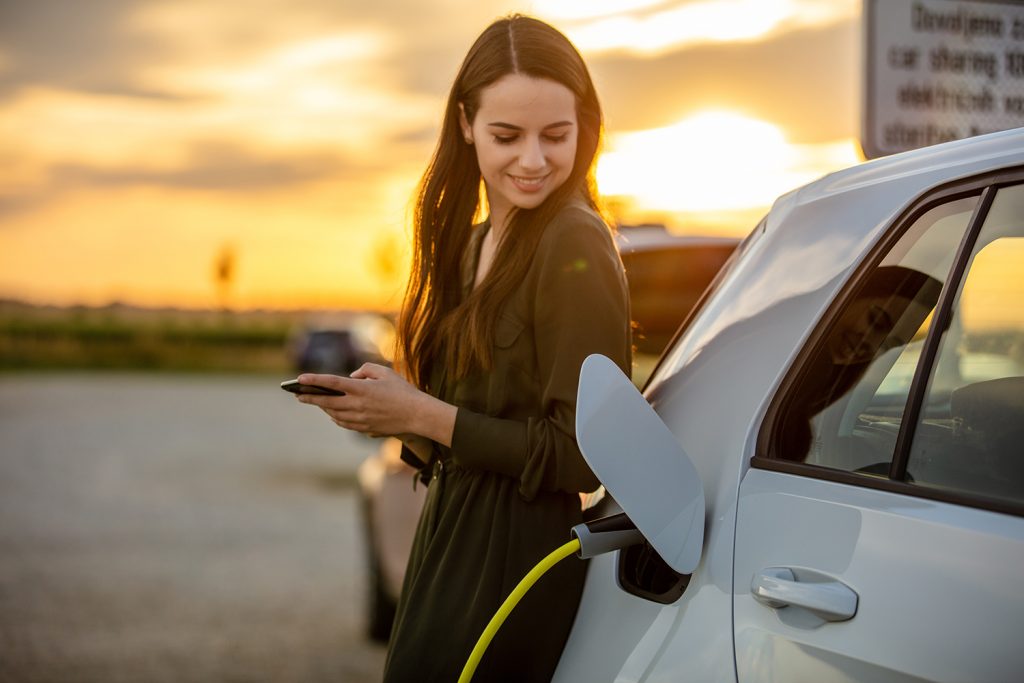
Do you recall all the safety rules you were taught about refueling when you first learned to drive: Shut off the engine; don’t smoke; don’t leave the pump unattended; don’t overfill?
If you are among the growing number of drivers sliding in behind the wheel of an electric vehicle, different “refueling” considerations apply.
The most basic electrical safety lesson is that electricity and water don’t mix. However, EVs and their charging stations are designed to handle whatever Mother Nature throws your way, be it dust or rain. You must remember, though, that there are precautions to think about when charging an EV whether you are in your garage or at a public charging station.
“You might not have to worry about spilling gasoline or setting off an explosion at the pump,” said John Gasstrom, CEO at Indiana Electric Cooperatives. “But, just as when you use anything electric, there are a few things to keep in mind.”
Using a level 1 charger plugged into your garage’s 120-volt/15-amp outlet is the easiest way to charge your vehicle, though it is the slowest. Always use the charger provided by the vehicle’s manufacturer. Before you plug into any electrical outlet, have a qualified electrician inspect and verify the electrical system (outlet, wiring, junctions and protection devices) for heavy duty service according to your vehicle’s owner’s manual.
Check the electrical outlet and plug while charging and discontinue use if the electrical outlet or plug is hot, then have the electrical outlet serviced by a qualified electrician.
In addition, when charging always follow the manufacturer’s guidelines. Some of the most common are:
Do not use extension cords, multi-outlet power strips, surge protection strips or similar devices.
Do not use an electrical outlet that is worn or damaged, or one that will not hold the plug firmly in place.
Do not use an electrical outlet that is on a circuit with other electrical loads.
The level 2 electric vehicle equipment utilizes 240 volts and 20 to 40 amps. These will recharge the car more quickly. You will probably need to have a qualified electrician install the charger and a separate service and plug at your home, similar to the 240 service for an electric range, water heater or clothes dryer.
Before using a public charger, always inspect it first to make sure it doesn’t appear damaged. EV charging stations are designed so the cable remains de-energized until it’s connected to the port on the vehicle. Once connected, the vehicle starts communication with the device, conducting measurements to determine everything is safe and working properly, and only then will it begin the flow of energy.



